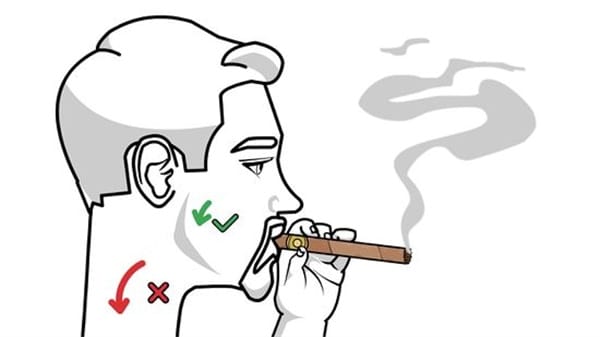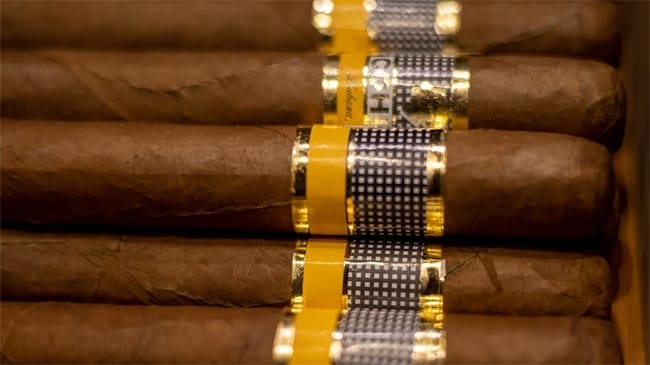What is a Maduro Cigar and Wrapper
The Spanish term “maduro” implies “matured.” So the term “maduro” describes the wrapper leaf used in the manufacture of cigars.
As being a Cigar enthusiast for 20 years, I am aware of that from all the tobacco kinds used to cover a vitola, the Maduro wrapper is arguably the most flexible, and aromatic choice.
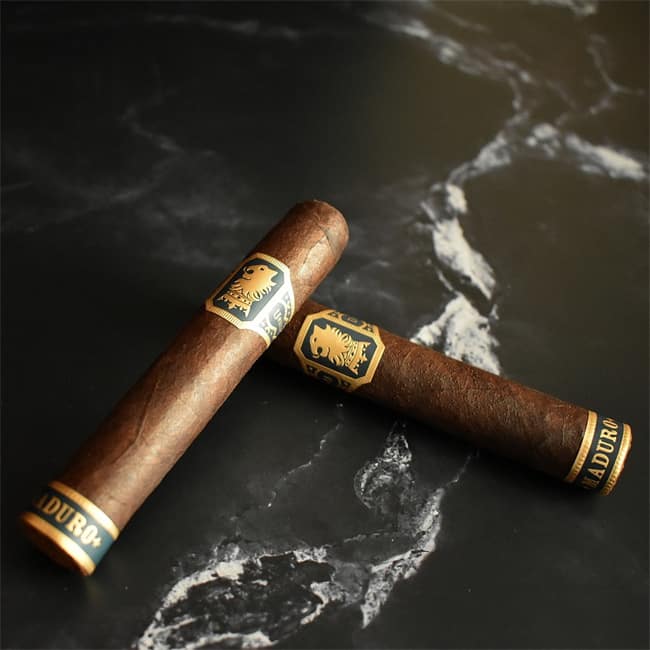
These beautifully black wrappers go well with any flavour profile, from subtle and creamy to strong and powerful. Because of their specific characteristics, there is a lot to learn and explore about Maduro cigars. So today, I have created a detailed profile to enhance your knowledge about Maduro Cigars and wrappers in this article.
Just stay with me till the end of the article, and it will be beneficial to your cigar experience forever.
Let’s get started to explore all the details about Maduro;
1. What is a Maduro Wrapper?
“What does Maduro mean in cigars?” is a question we get from many new smokers. There are two primary categories when it comes to a cigar’s colour characteristics:
- Natural: This group includes all cigar wrappers with ocher and light brown tones.
- Maduro: Mudro cigar wrappers come in a variety of hues, from Oscuro black to milk chocolate brown. Each brand has a different wrapper leaf colour.

Unlike most other common wrappers, maduro wrappers aren’t truly identified by the sort of leaf they use or even by the nation of origin. The Spanish term “maduro” implies “matured”, means mature leaves that have undergone a natural fermentation process to produce stunning dark brown leaves are used to make maduro wrappers. Maduro wrappers are made from a variety of seeds, but Connecticut Broadleaf and San Andres are most commonly used for Maduro. These varietals can withstand the fermentation temperatures required to convert tobacco starches into sugars. This processing gives the tobacco leaves a characteristic coloration and an oily sheen.
Because they are mature, maduro wrappers have flavours that are richer and more complex. The type of leaf used determines the final result, even though any leaf can be used to make a Maduro wrapper. Only those who possess the fortitude to endure years of ageing are qualified.

To fit your tastes, a variety of Maduro wrappers are available. Because of their darker colour, they are simple to identify, but bear in mind that they vary based on the kind of leaves used.
2. Natural vs. Maduro Wrapper
Despite being rather broad categories, natural and Maduro cigars differ from one another in the following ways:
- The first notable distinction between Natural and Maduro wrappers is their lighter weight.
- Maduro wrappers get thick and greasy with time. Compared to Natural wrappers, their flavour is more nuanced. Maduro wrapper leaves are smooth and sweet, whilst natural wrapper leaves are nuttier and milder in flavour.
- While natural wrapper leaves are grown with minimal sun exposure, maduro wrapper leaves go through a rigorous fermentation process to acquire their unique qualities. Some are grown beneath cheesecloth as well. The drying process for natural wrapper leaves is slower.
- In general, Maduro cigars burn more slowly than Natural cigars.
- The cooler months are a good time to smoke Maduro cigars with whisky and cognac. However, due to their mild flavour, cigars wrapped in natural materials are perfect for spring and summer.
The easiest way to appreciate the distinctions between Natural and Maduro is to smoke a brand you enjoy in each wrapper, record your observations, and then compare the two.
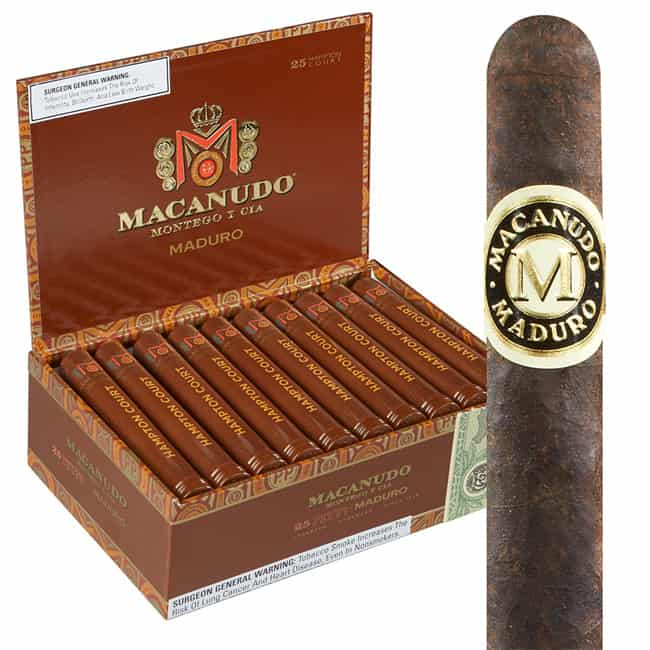
3. Maduro Cigar wrapper production and history
While the ordinary fan may believe that Maduro cigars will, or at least ought to, have a long and distinguished history, gratifying the palates of successive generations of smokers for decades, if not centuries, the truth is more mundane.
Less than 50 years ago, the first Maduro wrappers appeared. They were made by allowing the corona, or topmost leaves on the stalk, to ripen in the sun for a longer period of time than typical. Because of this, these leaves were already darker and thicker than usual, and during fermentation, they would become even more so.
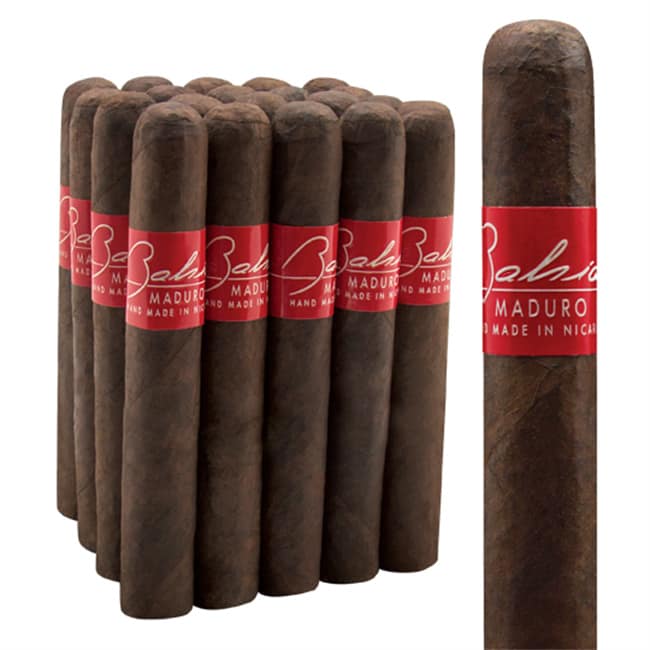
The slightly sweet taste of a Maduro started to gain popularity among smokers and they were quickly on their road to super fame, despite initially being a difficult sell in a market dominated by Shade and Natural wrappers.
Maduro wrappers had to be made in other ways to meet demand, and as the name only denotes the wrapper’s dark colour, it didn’t take long for creative businesses to come up with innovative, sometimes better than others, ways to incorporate coffee hues. While some unscrupulous brands used dyeing and other methods to artificially darken the leaves, particularly during the Cigar Boom of the 1990s, the majority of Maduro wrappers today are made through fermentation and harvesting process that uses high heat and prolonged time to allow the colour to develop naturally.

It certainly doesn’t hurt that some of the most complex and exquisite flavours found in premium tobacco can be produced by the sugars left in the leaves after their extended rest in the curing barn. Currently, a variety of tobacco is used to manufacture the Maduro wrapper, but two stands out above the others: the Connecticut Broadleaf and the Mexican San Andres. Because of the methods used in their cultivation, harvesting, and fermentation, each tobacco variety has distinct qualities that set them apart from one another.
Would you like some more interesting details?
Let’s explore more.
4. Maduro Shades
The curing process is what gives the Maduro its hues. The features of the fermentation process determine how dark the brown colour gets. The wrapper leaves undergo a deep fermentation that results in a dark brown coloration that falls into the Maduro spectrum. The Maduro series comes in four hues, and you can tell them apart with some tobacco knowledge:
Colorado Maduro
The Maduro range’s lightest hue is this one. Although it is labelled as Maduros on the shelf, tobacconists refer to it as “dark natural.”

Maduro
This is Maduro in its traditional shade. It has a colour reminiscent of coconuts or coffee beans.
Maduro-Maduro
The colour “Double Maduro” resembles dark chocolate.
Oscuro
The Spanish word “oscuro” means “dark.” The colour of oscuro wrappers varies from a very dark brown to a midnight black. It is quite challenging to discern between the Oscuro and double Maduro cigars.
The wrapper gets thicker and oilier as the tint gets darker. The seams on cigars with thicker leaves are more noticeable. These leaves also have a stronger flavour. In addition to designating a combination of cigars with a Maduro wrapper and Maduro binder, the term “double Maduro” can also refer to a darker shade of Maduro.
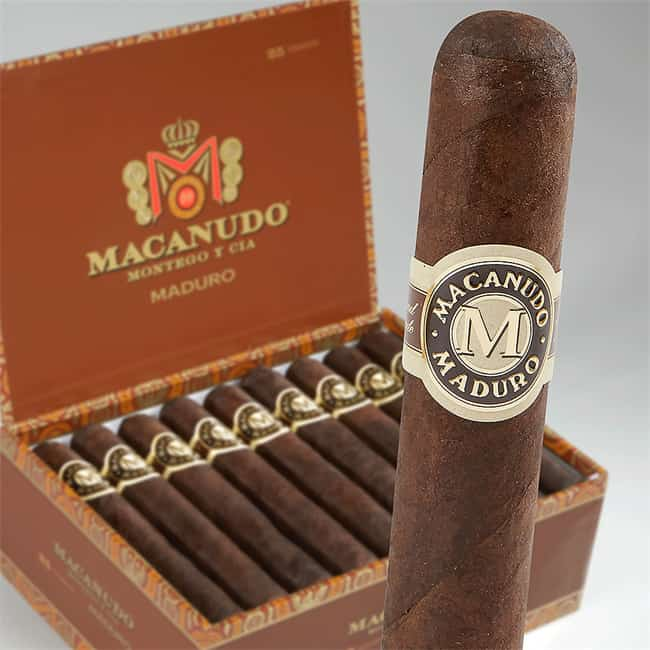
5. The Maduro wrappers and its unique Attributes
The outer tobacco leaf of the cigar is referred to as the wrapper. The whole flavour and look of the cigar can be influenced by the wrapper because there are so many types.
The broader, thinner leaves around the base of the tobacco plant are frequently used to make wrappers. Nonetheless, top leaves are commonly used to make maduro wraps. The leaves have matured from their original green hue to different levels of flawless brownness. There are at least fifty different varieties of wrappers, offering a wide range of flavours and looks.
Maduro wrappers are darker than natural wrappers in terms of colour. There are numerous varieties of Maduro because the brown can range in colour from dark brown to midnight black.
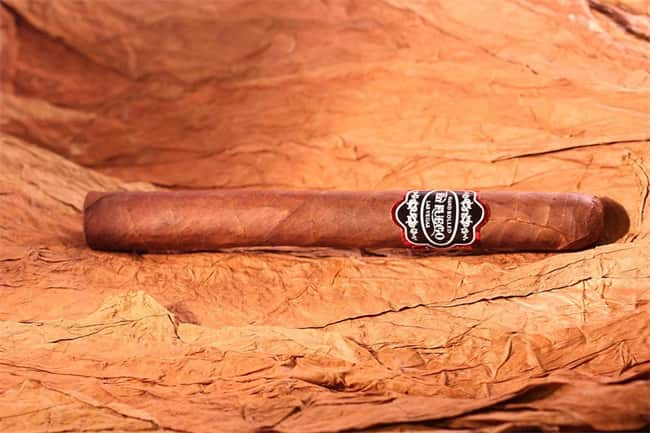
The colour variation in the Maduro is caused by more sunshine exposure during the growth period and further fermentation during the preparation of the tobacco leaves.
The wrappers are cured for a long period to obtain their distinctive black, oily surface, following a protracted fermentation process that turns the starches in the leaves into sugars. Natural wrappers, which have a paler colour, are made with tobacco that hasn’t been in the sun. Some tobaccos are grown in cheesecloth to protect them from the sun.
Conversely, the darker Maduro has been exposed to direct sunlight. Additionally, natural wrapper leaves are dried more slowly, which gives them their unique light golden brown colour. The Maduro wrapper’s flavour is deeper and more complex than that of the natural wrapper because of the additional fermentation it undergoes.

The Maduro wrapper’s flavour is deeper and more complex than that of the natural wrapper because of the additional fermentation it undergoes. The flavours of maduro wrappers range from chocolate to peppery, and the further fermenting gives them a pleasant taste that goes well with rum or cognac.
During the colder months, a lot of people enjoy smoking Maduro-wrapped cigars, which have a deep, sweet flavour that goes well with cognac and whisky. Conversely, natural wrapper cigars are a hit in the spring and summer due to their mild flavour that pairs nicely with hot, muggy conditions.
6. What is the strength of Maduro cigars?
A lot of novice smokers think that Maduro cigars are powerful, and a lot of makers consider this while blending their products. However, not all of the best Maduro cigars have a high nicotine level. Not simply the wrapper, but the tobacco utilised throughout the blend determines a cigar’s strength. It’s not always the case that darker cigars are stronger.
7. Examples of Mudaro Cigar
La Aroma de Cuba Mi Amor
An attractive San Andrés Maduro cover protects a quality Nicaraguan filler and binder tobacco blend. Complex flavours of dark chocolate, nuts, and espresso are revealed in this cigar blend along with strong undertones of black pepper and coconut. Both novice smokers and seasoned connoisseurs will like this cigar. With a 95-point rating, Cigar Aficionado’s #2 is the Cigar of the Year for 2012.
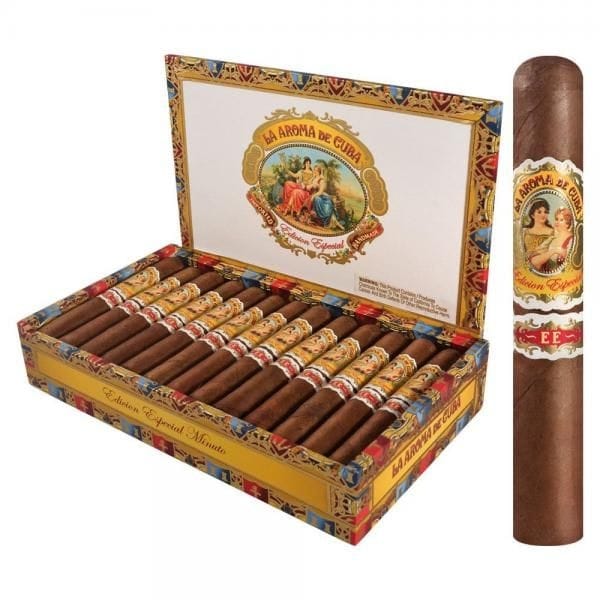
Maybe you want La Aroma de Cuba Corona Review.
Padrón 1964 Anniversary Series
This limited-edition blend has a smooth and complex flavour since all of the tobacco is matured for four years. Experts and connoisseurs of tobacco have named the Padrón 1964 Anniversary Series among the world’s finest brands. Therefore, it ought to be on the list of suggested Maduro cigars. This flavour profile is full-bodied, with elements of pepper, sweetness, coffee, cream, and leather.

Maybe you want Padrón 1964 Anniversary Series Torpedo Review.
Davidoff Yamasá
This flavorful mix gets its name from the Dominican Republic’s Yamasá Valley. In the Yamasá Valley, Davidoff’s finest blenders and growers took on the task of cultivating and processing the binder and Maduro wrapper. This intricate work of earthy, pungent mastery took twenty years to perfect. This Maduro cigar’s medium-full profile makes it ideal for seasoned enthusiasts or for after a substantial meal. Cigar Aficionado gave this blend a score of 92 out of 100.

Maybe you want to read Davidoff Yamasa Robusto Review.
FAQ
Is a maduro cigar stronger?
Yes, maduro cigar is stronger. Generally, the darker the packaging, the stronger the cigar research.
What does it mean when a cigar is maduro?
Maduro means mature. Maduro cigar means that the packed leaves undergo a longer, more intensive fermentation process
What is the difference between a maduro and natural cigar?
Maduro cigars are darker and have more flavor than natural cigars.
Does Maduro have more nicotine?
No, Maduro cigar doesn’t have more nicotine, just a darker color.
Are Maduro cigars smoother?
No, Maduro cigar isn’t smoother, but it offers a creamy smoothness and a mellow smoking experience.
Are Maduro cigars mild?
No, Maduro cigars are more mellow and strong.
Do Maduro cigars burn slower?
Yes, Maduro cigars burn more slowly because of the thick, greasy nature of Maduro cigar tobacco.

